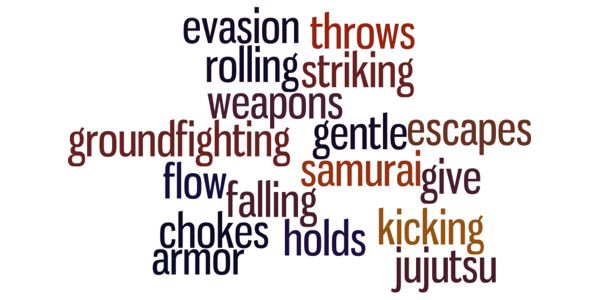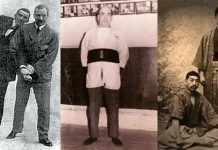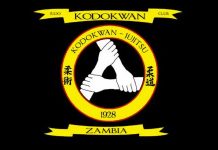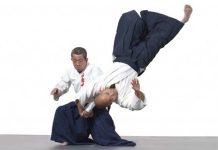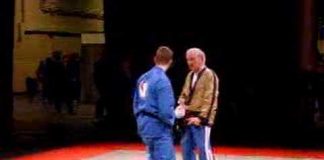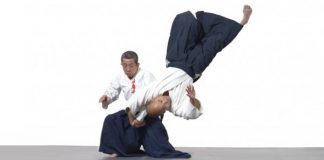Jujutsu is the empty handed fighting art of the famous Japanese Samurai. Originally it was created to be used by warriors wearing a full suit of Japanese armor. The art dates back to ancient times (possibly 2000 years) and is the most common of all the Japanese arts. This art was also known as Taijutsu and Hakuda.
The word jujutsu means “the gentle art” and refers to how the techniques flow together and require little strength by the person applying them. These techniques, however, are not gentle on the aggressor. Many times you will see the word Jujutsu translated as Jujitsu, Jiu-Jitsu, Jiu-Jutsu or Ju-Jitsu. These are just varied translations of the same Japanese word Jujutsu. Ju in Japanese means “to give way” and Jitsu means “art” or “practice”, so together the words mean the art or practice of giving way in order to ultimately gain the victory.
Students of Jujutsu learn escapes, evasion, holds, chokes, throws, weapon techniques, striking, kicking, rolling and falling, groundfighting (grappling) as well as ki, kiai, healing techniques and restorative massage. Jujutsu is not reliant on strength, but relies on balance, speed and leverage. Jujutsu is a devastating art at its most advanced level and therefore students must learn kuatsu, the ancient art of revival and resuscitation.
Jujutsu was probably the first Japanese martial art to be introduced in the West. It was taught to most of the Western world’s “special forces” troops during World War II.
CURRICULUM:
Yawara – hand arts
Nage Te – throwing arts
Shime Te – grappling arts
Fusegi Jitsu – self-defense arts
Oku Te – combination of arts
Kiai no Maki – strength and weapon arts
Kappo – resuscitation arts
Seifukujutsu – restoration therapy
OBJECTIVES:
Economy of motion
ADVANCED OBJECTIVES:
Complete control of the opponent

